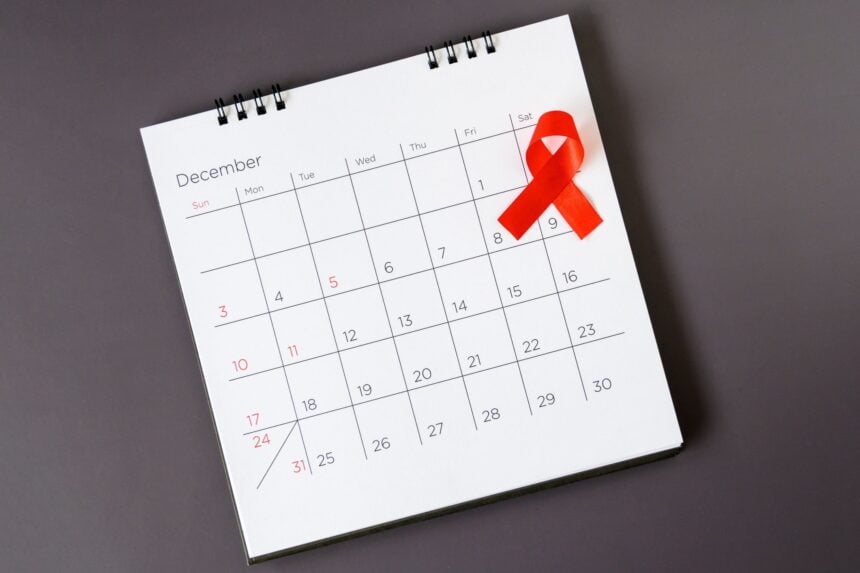Pre-exposure prophylaxis (commonly called PrEP) is a prescription medication taken to prevent getting HIV. Individuals at high risk of contracting HIV use this drug daily, offering a substantial level of protection against the virus when taken as directed. This medication can reduce the risk of contracting HIV from injection drug use by approximately 74% and sexual activity by 99%.
How PrEP protects against HIV
To understand how PrEP protects the body from HIV, it’s critical to know how the virus spreads from person to person. HIV stands for human immunodeficiency virus, two Lentiviruses that infect humans. Without treatment, the acquired immunodeficiency syndrome progresses to a failure, which provides life-threatening opportunistic infections, cancers, and diseases to thrive within the body. There is no cure for HIV once the body is a carrier; there’s only management of the symptoms and controlling measures in place to stay as healthy as possible.
Where did HIV originate?
The HIV infection originated from a type of chimpanzee in Central Africa. The virus likely passed to humans when hunting the animal, and they encountered infected chimpanzee blood. HIV works by attacking a specific type of immune system cell within the body. These cells are called CD4 helper cells or T cells for short. Once HIV destroys this cell, the body struggles to fight off other infections, leaving the host struggling with minor illnesses or viruses. HIV also uses CD4 cells to replicate copies of the virus. The virus’s replication machinery causes the cell to swell and burst, destroying it in the process of spreading. HIV can progress to AIDS if left untreated, where an individual’s CD4 count drops below 200. Many advancements in treatment ensure people living with HIV live longer, healthier lives.
How PrEP Prevents Spread of HIV
PrEp works by protecting CD4 cells with a fortified barrier around the cell. The medication is taken daily to improve concentrations of these barriers in localized regions of the body. These areas include tissues within the body that may contact HIV, including genital or anal areas. These fortified walls keep HIV from crossing into healthy cells and prevent replication should HIV pass the barrier.
PrEP does require time to build up adequate concentrations of the medication. For sexual exposure, an individual needs seven consecutive days of PrEP to achieve 99% efficiency. Failing to take this drug properly will reduce the level of protection. Alternatively, individuals engaging in injection drug use will need 21 days to build up proper concentrations of PrEP for optimal protection. PrEP is less effective against transmission by injection, sitting at 74% efficiency.
How much do these medications cost?
When PrEP first became available, the costs were over $1,000 a month. As more medications become available, including generic brands, PrEP costs have significantly decreased. The drugs run approximately $250 and $980 a month without coverage, depending on the province or territory. Individuals with private insurance should ask their carriers if personal coverage is available.
How to Start Taking PrEP
PrEP is currently only available by prescription. If you’re interested in starting this medication, schedule an appointment with your doctor or medical professional. Your practitioner will talk to you about any risk factors you currently have, including a sexual health history. It’s important to tell your doctor about any unprotected sexual encounters, partners, and drug use you might have. If you’ve ever used PEP, you may qualify for PrEP.
Anyone wanting to take this medication will need to have an HIV test before starting. Only HIV-negative people qualify for this treatment, as HIV-positive people may build a resistance to anti-HIV drugs used to treat the virus by taking PrEP. While taking PrEP, you’ll need to stay in close contact with your doctor. Individuals need ongoing monitoring and testing while taking the medication, including HIV testing. Most doctors require STI testing and blood work every three months while taking PrEP to ensure your body is handling the drug efficiently.
Most people experience little to no side effects while taking PrEP. Any side effects from this medication are often temporary and minor. Most of these effects will resolve within a few weeks of starting PrEP, including gastrointestinal upset and headaches.

